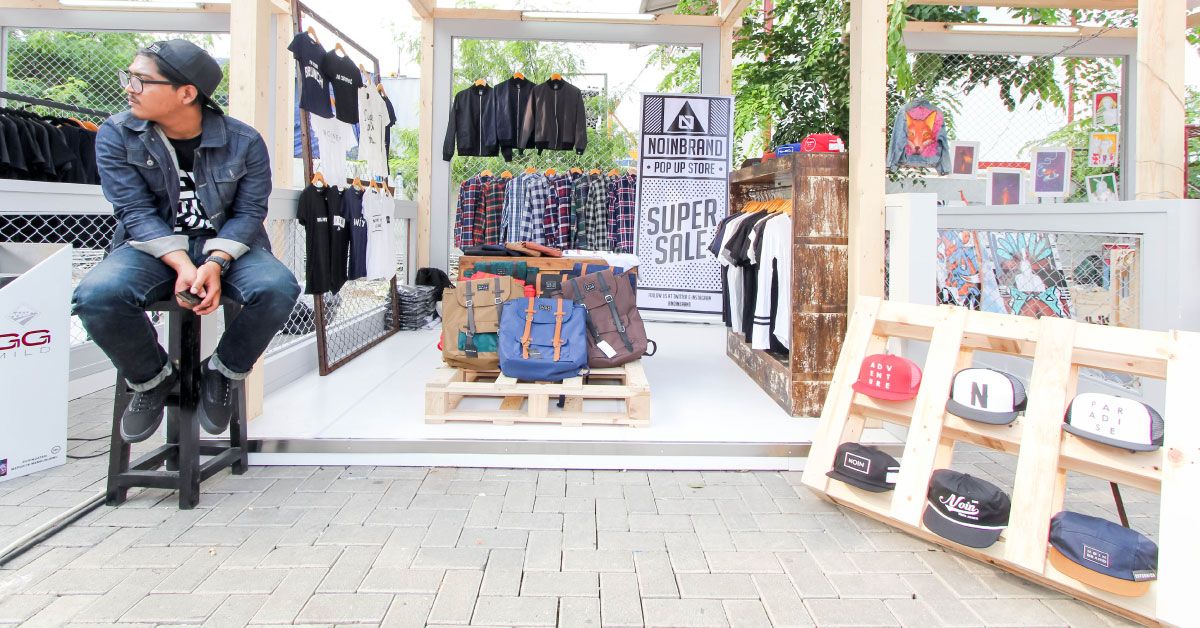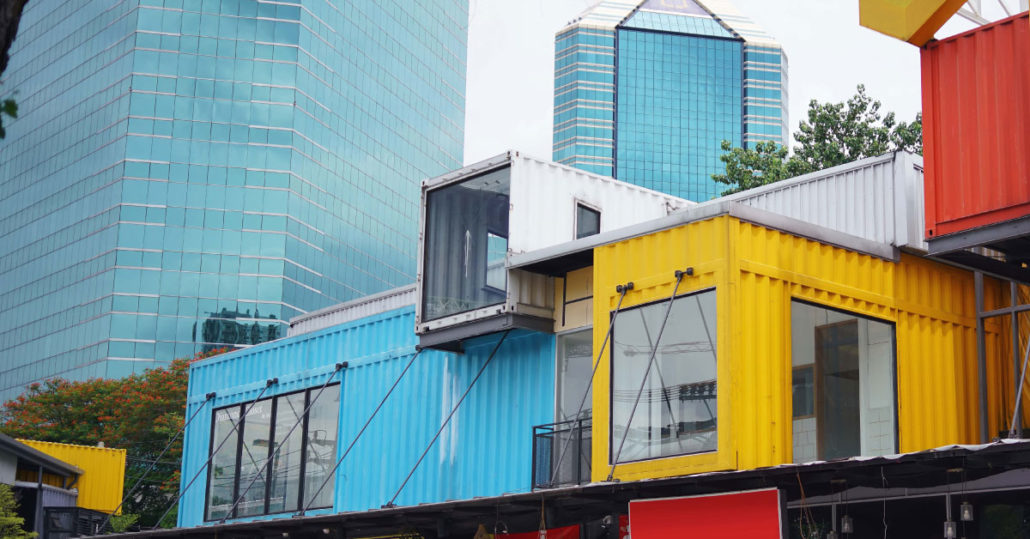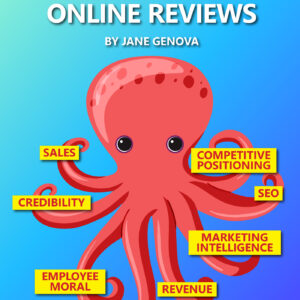
Reimagining Pop-Up Stores
By Jane Genova
Pop-up or flash retail is now a $50 billion industry. And, the fastest growing part, documents Integrated Performance Modeling Environment (IPME), is happening in shipping containers. “This development,” notes Michael McGurk in his SteelStored blog, “is just in time for retailers to zero in on both the post-COVID recovery and the consumer revolution during the pandemic.” SteelStored sells new and used shipping containers; containers also can be rented.
The shipping container version of flash retail has introduced benefits that surpass those of traditional pop-ups. The challenge for many retailers, though, is to take that pivot into what, for them, is likely an unknown.
Centuries-old sales solution
The traditional pop-up concept, as Big Commerce explains, is essentially this: The merchandise is only available in such-and-such space for such-and-such limited time period. That creates this sales motivator: a sense of urgency. Buy now or miss out. From ancient times, marketers saw the utility of that kind of pitch and made pop-ups standard. Those could have been as simple as erecting a tent or piling merchandise on an elevated flat surface.
In the United States, flash sales kicked off in Los Angeles in 1997 with the Ritual EXPO. In one location for one day, retailers came together. The concept caught on because of the advantages it provides sellers. In addition to creating urgency, those advantages in clude:
• Low-financial risk. There are no long-term leases.
• Flexibility to be in-sync with special events, seasons, and trends. Outdoors clothes retailers can coordinate with the camping season in southwestern Arizona.
• Platform for introducing new brands, products and services as well as collecting data. Since the pop-up constitutes a special kind of experience, shoppers are more open to experimenting and sharing feedback.
• Opportunity to unload inventory. Retailers can conjure up ideas for how to position and package the merchandise for quick sales.
Shipping containers and the consumer revolution
Those benefits of traditional pop-ups are preserved in the shipping container version. But there is also so much more. The shipping container model can be an add-on for the brick-and-mortar retail facility. It can be the only sales facility. Also, and this is growing in importance, it can be an extension of the on-line business. Raydiant, which provides experience platforms, reports that a dominant shift in consumer behavior is this: the expectation of what is called “hybrid shopping” or a seamless journey among online, brick-and-mortar and just-in-time retail venues such as pop-ups.
Shipping containers’ mobility increases the number of marketing channels. Yes, the online retailer can be there in-person getting to know customers in downtown Tucson, Arizona, then meet very different customers in Santa Fe, New Mexico. Multiple channels, according to Big Commerce, boost spending by 13 percent. Customer satisfaction is 20 times higher.
The key edge pop-up shipping containers creates is accommodating customers’ current demand that retailers come to them – literally. Totally portable, the shipping container can be there, be it on a college campus during orientation, an air show or the annual fair in a retirement community. Aside from zoning regulations there are none of the usual rules which go along with leasing physical space.
Shipping containers also can accommodate the consumer focus on value. That is because that way of doing business is low-cost, reducing price points for customers. A used shipping container can be purchased for between $1,500 and $5,000 and a new one for $3,000 to $5,000. The closer the dealer is located, the lower the delivery fee for transporting the container.
Customizing the container, because of its uniform dimensions, is typically less expensive than doing that in the usual brick and mortar. That can be done do-it-yourself or through a contractor; according to Container Alliance, contractor fees range from $50 to $150 an hour. Also there are businesses which pre-customize shipping containers. Retailers just have to indicate their specifications.
Moreover, those overall costs can also be spread out over multiple uses. In addition to serving markets in a variety of locations, the container can provide extra selling space and additional storage to the brick-and-mortar facility, be used as an office and host special events such as fashion shows or gun-safety training.
The logistics
To those new to the shipping container retail model, how to get started might seem overwhelming. The reality is that the process is much simpler, involves less red tape, and can be completed faster than leasing temporary space in traditional brick-and-mortar. That is because, unlike dealing with all the middlemen in brick-and-mortar and complying with all those rules, retailers have complete control.
The first step is to determine the objective or objectives in buying or renting a shipping container, for example, to increase annual sales 20 percent by marketing in six locations. There could also be plans for using the container for storage. Because of their steel-based sturdiness and heavy doors, they are durable and secure.
Once the objectives are clear, the other decisions are almost formulaic. Dealers are resources for information. Many offer complimentary consultations.
Also, it is almost a prerequisite to observe how other shipping container pop-ups are operating. Does the layout seem too crowded? Are customers engaged? Should there be restroom facilities? The owners and clerks usually will be willing to share tips for success and confessions about what is not panning out.
The key decisions include:
Buy or rent
Location of dealer to hold down delivery costs
Size of container
Extent of customization
Marketing add-ons such as branding
container wrap
Delivery date
Other considerations include arrangements for transportation by truck, railroad, or shipping between destinations. Technologies such as patented lift systems maintain the container at a stable upright level. There is no need to unpack.
New normal is no normal
Management consulting firm McKinsey & Co. hammers over and over again that COVID has changed retailing forever. There will never be a return to what was in reality or maybe just in memory “normal.” That means retailers will have to continue to assess what they have to change. The flexibility of shipping containers constitutes a kind of mobile testing lab. That extends from piloting the initiative of opening a large firearms store in the southwest where population is increasing to introducing special events.
Sustainability
A benefit of purchasing or renting used shipping containers for retail is that it is in the public interest. It represents a form of recycling. Embedding that eco-friendly feature in promotional materials can enhance the brand.
The price is right
The shipping container approach to flash retailing will continue to grow because of the initial relatively low investment required. As retailers learn how to make the container multi-purpose, that expense will be spread over a number of the areas of the business.



